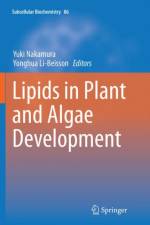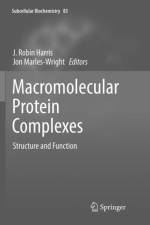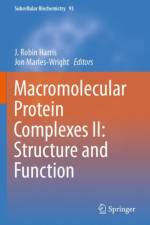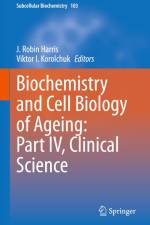- The Physiology of Vitamin A - Uptake, Transport, Metabolism and Signaling
213,00 €
The role of vitamin A in living organisms has been known throughout human history. In the last 100 years, the biochemical nature of vitamin A and its active derivative, retinoic acid, its physiological impact on growth processes, and the essential details of its mechanism of action have been revealed by investigations carried out by researchers using vertebrate and more recently invertebrate models to study a multiplicity of processes and conditions, encompassing embryogenesis, postnatal development to old age. A wealth of intercellular interactions, intracellular signaling systems, and molecular mechanisms have been described and the overall conclusion is that retinoic acid is essential for life. This book series, with chapters authored by experts in every aspect of this complex field, unifies the knowledge base and mechanisms currently known in detailed, engaging, well-illustrated, focused chapters that synthesize information for each specific area.In view of the recent information explosion in this field, it is timely to publish a contemporary, comprehensive, book series recapitulating the most exciting developments in the field and covering fundamental research in molecular mechanisms of vitamin A action, its role in physiology, development, and continued well-being, and the potential of vitamin A derivatives and synthetic mimetics to serve as therapeutic treatments for cancers and other debilitating human diseases. Volume II is divided into nine chapters contributed by prominent experts in their respective fields. Each chapter starts with the history of the area of research. Then, the key findings that contributed to development of the field are described, followed by a detailed look at key findings and progress that are being made in current, ongoing research. Each chapter is concluded with a discussion of the relevance of the research and a perspective on missing pieces and lingering gaps that the author recommends will be important in defining future directions in vitamin A research.






























